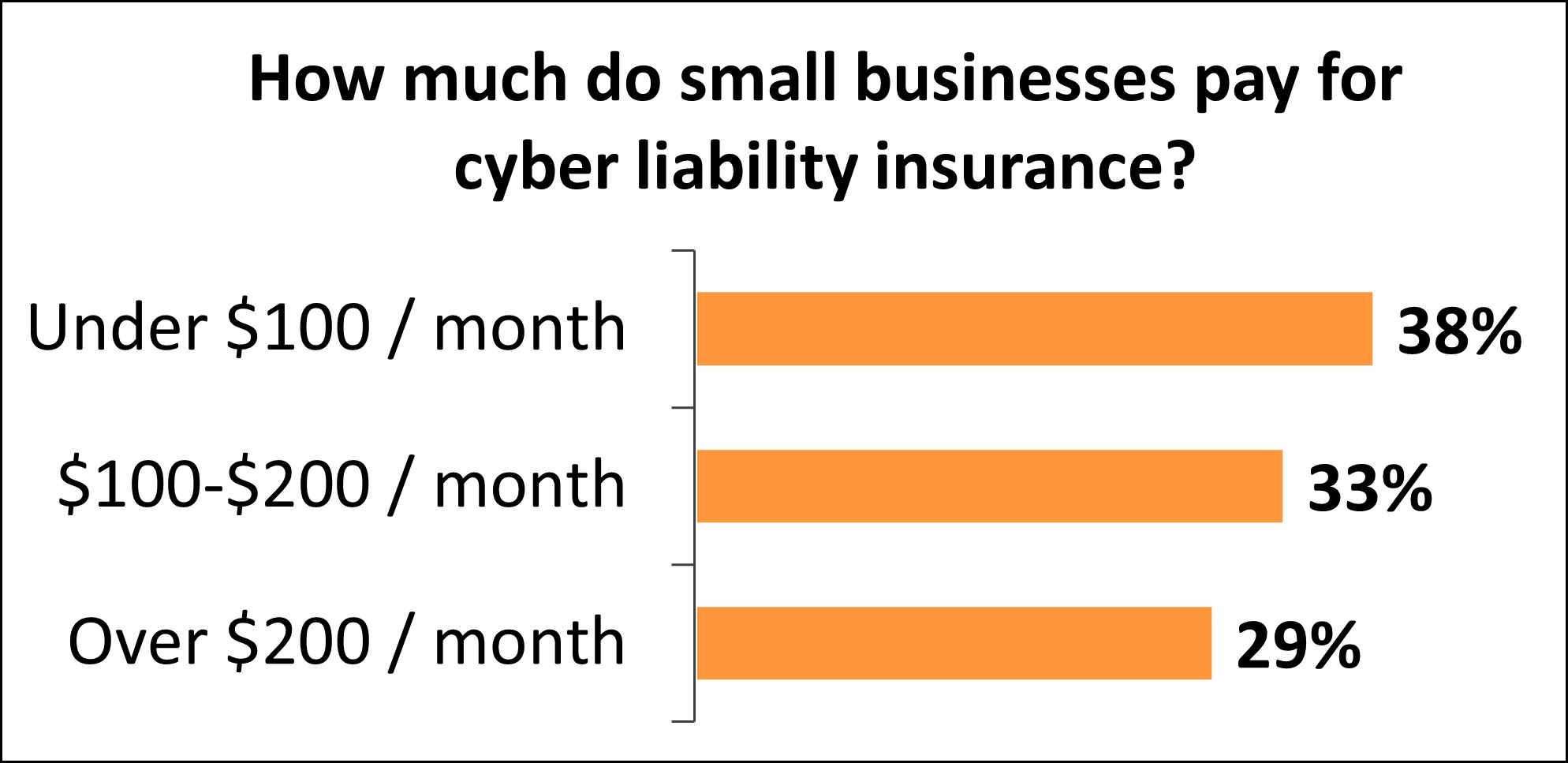Home>Finance>What Is Capital Surplus? Definition And How It Can Be Created


Finance
What Is Capital Surplus? Definition And How It Can Be Created
Published: October 23, 2023
Learn the definition of capital surplus in finance and discover how it can be created, providing valuable insights into financial management and investment strategies.
(Many of the links in this article redirect to a specific reviewed product. Your purchase of these products through affiliate links helps to generate commission for LiveWell, at no extra cost. Learn more)
Understanding Capital Surplus: Definition and Creation
When it comes to managing finances, there are various terms and concepts that individuals need to familiarize themselves with. One such term is capital surplus, which plays a significant role in the financial world. In this article, we will explore the definition of capital surplus, how it can be created, and its importance in the world of finance.
Key Takeaways:
- Capital surplus refers to the excess amount received from issuing stock above its par value.
- It can be created through various methods such as issuing new shares, selling assets at a profit, or receiving a significant amount of donations.
Defining Capital Surplus
Capital surplus, also known as share premium or additional paid-in capital, is the amount of money a company receives from issuing its stock above its par value. Par value, or face value, is the nominal value assigned to each share of stock when it is first issued. The additional amount above this par value is the capital surplus.
Capital surplus represents the equity a company has built up through various means. It is a reflection of the investors’ willingness to pay more for a share of stock than its initial value.
How Capital Surplus is Created
Capital surplus can be created through several methods, depending on the company’s circumstances and financial goals. Here are some common ways in which it can be generated:
- Issuing New Shares: When a company decides to issue new shares, it can set the offering price above the par value. The difference between the offering price and the par value is added to the company’s capital surplus.
- Selling Assets at a Profit: If a company sells its assets for a price higher than their book value, the excess amount can be classified as capital surplus. This is because the company is receiving more money than the initial investment in those assets.
- Receiving Donations: In some cases, a company may receive a substantial donation, either in cash or assets. This donation can be considered as capital surplus and added to the company’s equity.
The Importance of Capital Surplus
Capital surplus not only boosts a company’s equity but also indicates the financial health and stability of the business. It represents the shareholders’ confidence in the company’s future prospects, as reflected in their willingness to pay above the par value for its shares.
Having a significant capital surplus can provide a company with financial flexibility. It can be used for various purposes, such as:
- Investing in research and development
- Expanding operations or acquiring new businesses
- Reducing debt or paying dividends to shareholders
Furthermore, a healthy capital surplus can enhance a company’s creditworthiness, making it easier to obtain loans or attract potential investors.
Conclusion
In conclusion, capital surplus is the excess amount received by a company from issuing stock above its par value. It is created through various means such as issuing new shares, selling assets at a profit, or receiving significant donations. Capital surplus plays a vital role in a company’s financial stability, allowing for flexibility in investments and demonstrating the confidence of shareholders. Understanding capital surplus is essential for individuals looking to delve deeper into the world of finance and make informed decisions in managing their finances.














